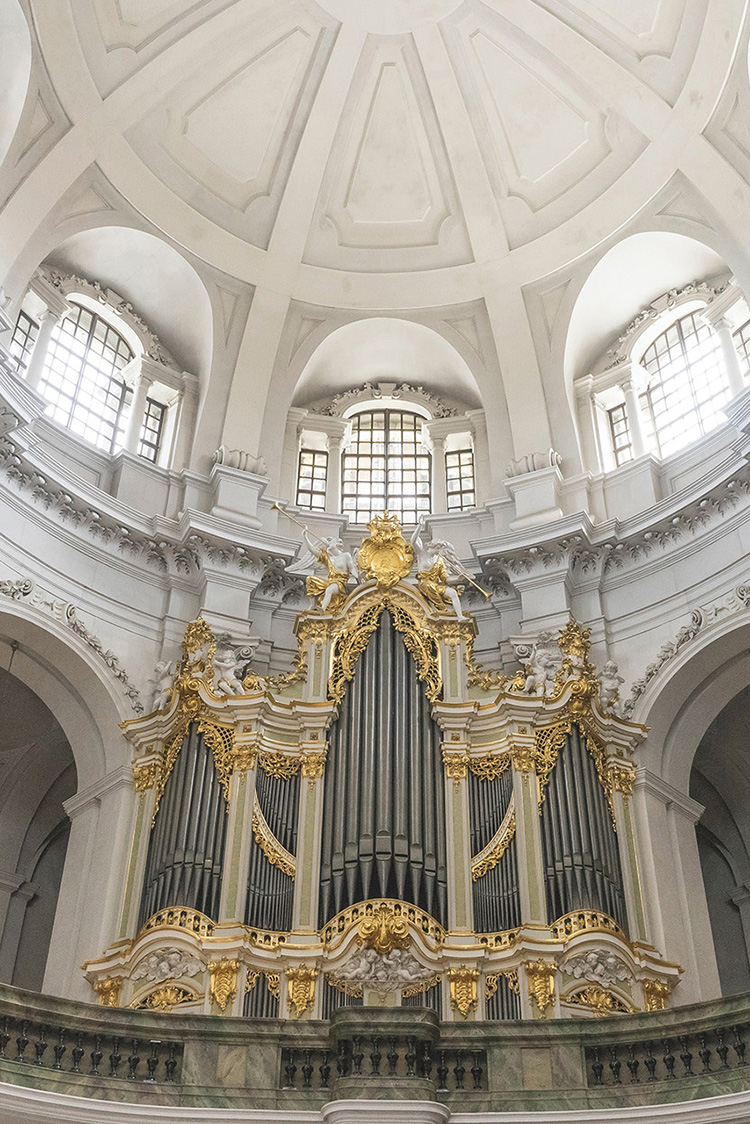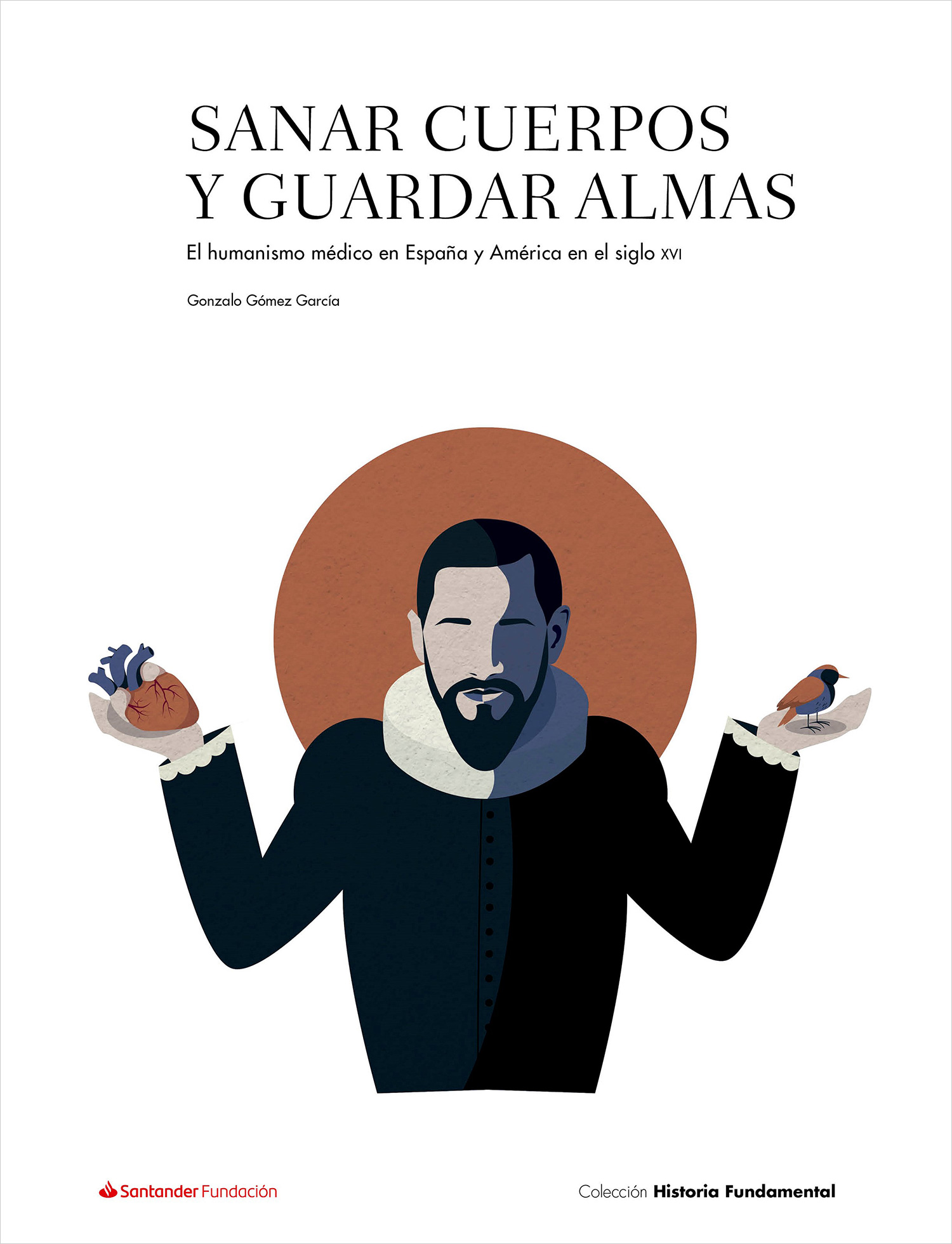




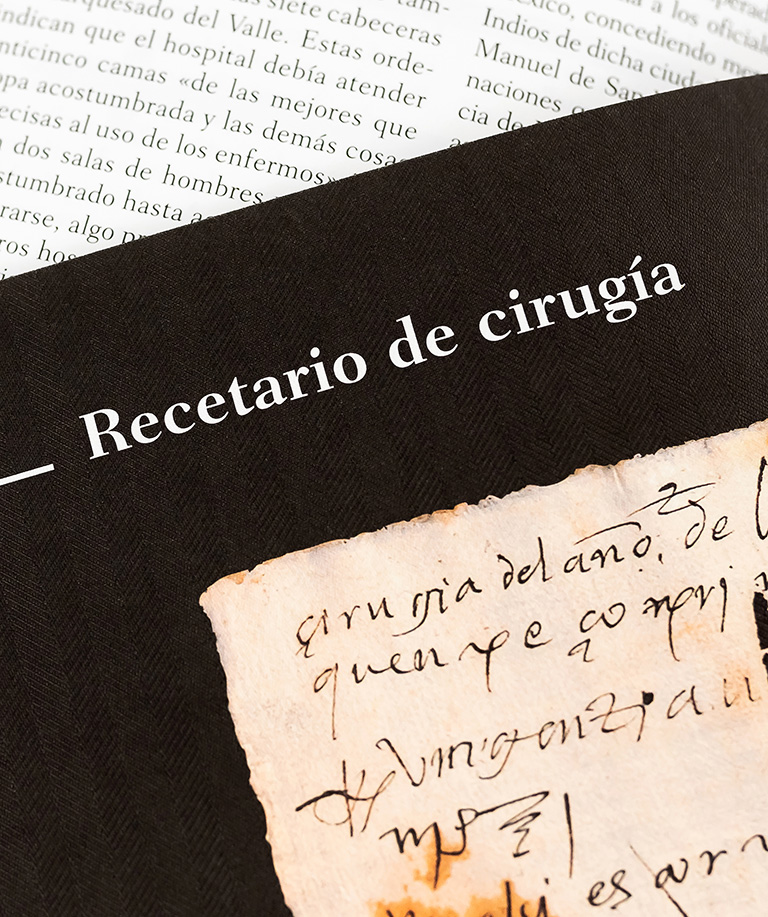
Colección Historia Fundamental
Fundación Banco Santander created this collection in 2021 to contribute to the study and dissemination of historical events and figures in 16th- and 17th-century Spain and Latin America. Managed by experts in this historical period, each volume explores topics that are largely unknown by the general public and reproduces documents never previously published.
All the volumes are also available in digital format and are accompanied by podcasts containing subjects related to the events discussed in the texts and interviews with the authors.
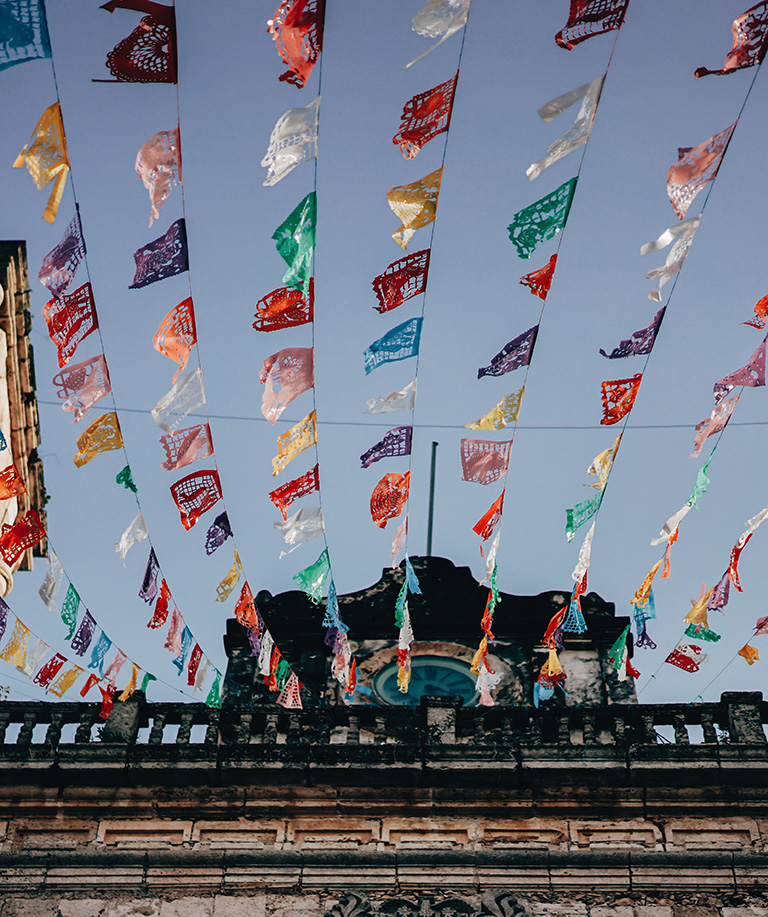
Biografías e Historia
Fundación Banco Santander and Fundación Cultural de la Nobleza Española organise this annual lecture series that explores different periods in our history.
The 2022 edition analysed the process by which the countries in Latin America gained independence after belonging to the Spanish crown for more than three hundred years. The historians Carmen Iglesias, Marcelo Gullo, Carmen Sanz and Jaime Olmedo explained the multiple reasons for the political, administrative and cultural collapse of this form of state in Latin America during the 19th century.
The virtual format introduced after the outbreak of the pandemic in 2020 was maintained, and in May and subsequent months videos of the lectures were made available to the general public on the Foundation’s website and YouTube channel.
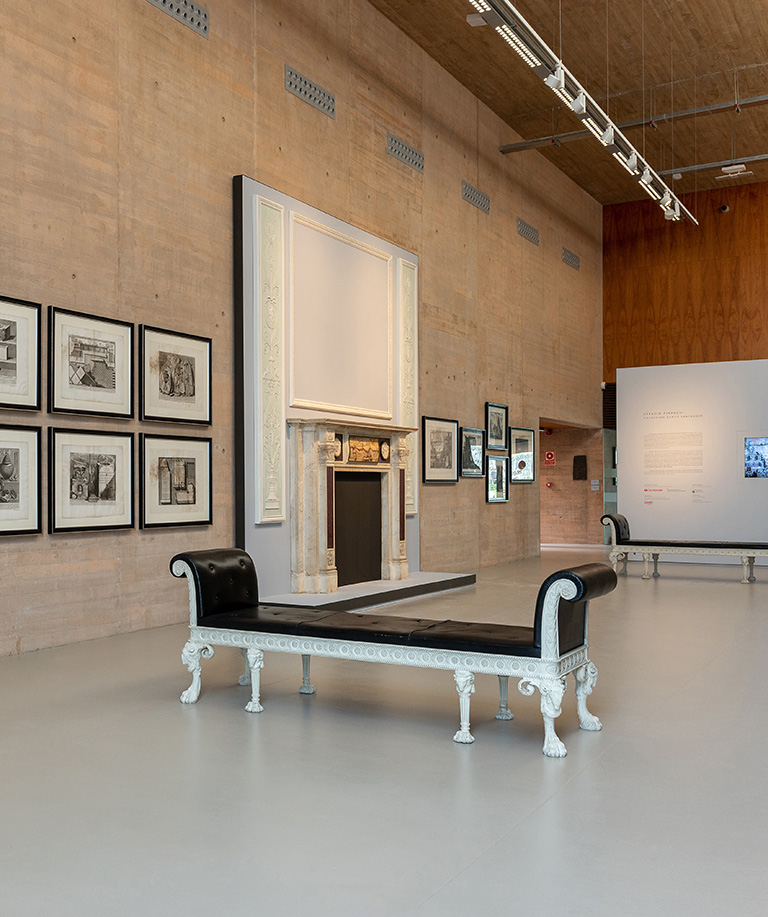
Banco Santander Historical Archive
In 2022 the Foundation signed a collaboration agreement with Fundación UCEIF (University of Cantabria Foundation for the Study and Research of the Financial Sector) for the management and administration of Banco Santander’s historical archive.
The archive is a vital source of information for understanding and studying economic history and the financial system in Spain. It comprises the documentary and bibliographical collections of Banco Santander and other entities that currently belong to Grupo Santander, a collection of banking artefacts (1879-2011), and a set of stock and bond certificates and other banking documents (1863-1976).
Another space houses works by from the Banco Santander Collection by the 18th-century architect and engraver Giovanni Battista Piranesi.
Fundación Banco Santander supervises all the activities related to the conservation, research, digitalisation, classification and dissemination of this valuable documentary heritage.
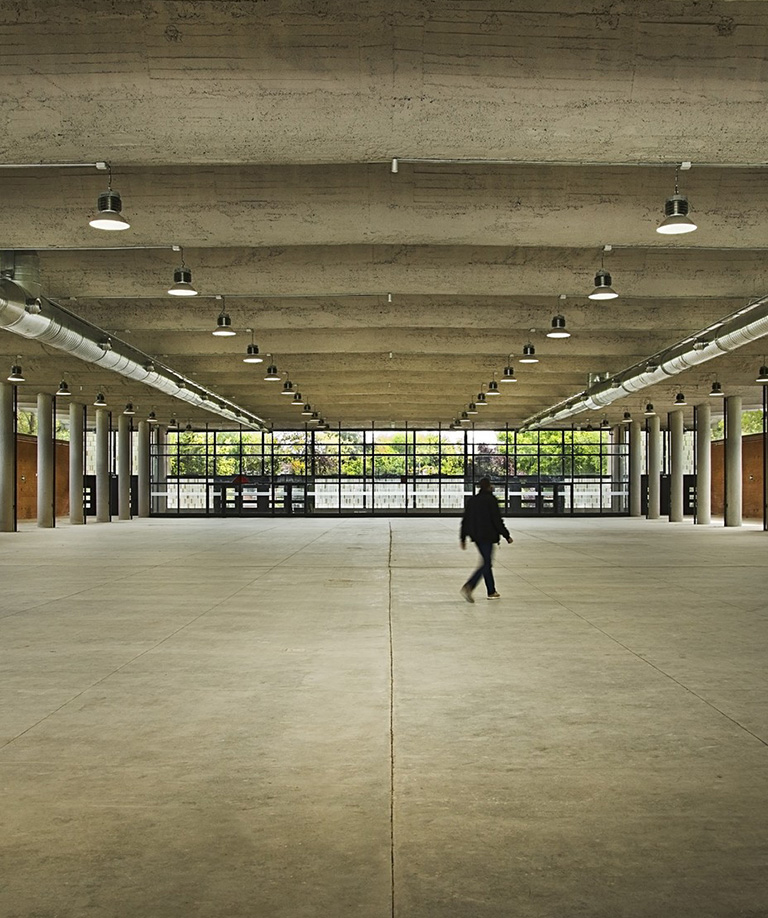
Hispania Nostra Awards
Each year, Fundación Banco Santander and the Hispania Nostra association organise these awards to recognise best practices in the conservation of cultural and natural heritage.
In 2022 the Land or Landscape Intervention Award went to the project carried out in the Punta Nati Cultural Site (Menorca) to install a solar park while preserving the natural surroundings.
In the category of Conservation of the Landscape as a Factor of Socio-Economic Development, the winning intervention was the restoration of the monastery of Santa María de Rioseco (Burgos); second prize went to the refurbishment of the Convention Pavilion at the Casa de Campo trade fair park.
The design and implementation of specific signage for the medieval Jewish quarters in the twenty-one towns that make up the Paths of Sepharad network won the Cultural and Natural Heritage Signage and Publicity Award.
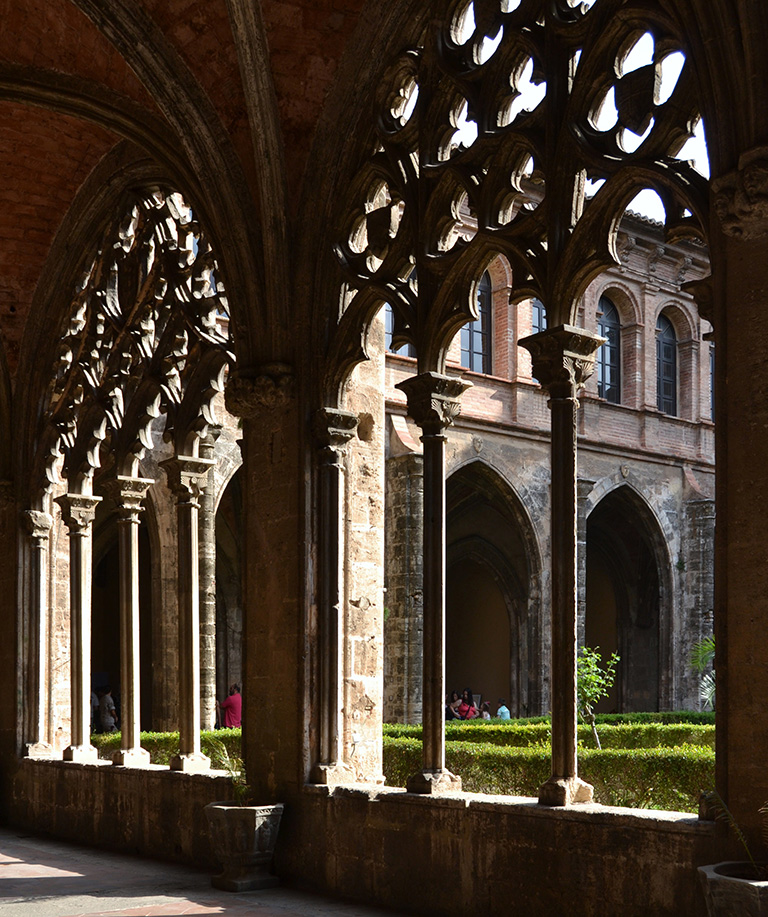
Partnerships
For the second year in a row, the Foundation and the territorial management of Banco Santander in Valencia supported the restoration of the monumental ensemble of buildings at the monastery of Santo Domingo by the Heritage Restoration Institute of the Polytechnic University of Valencia.
The funds provided last year financed the preliminary studies for the intervention in the tracery elements in the monastery’s Gothic cloister that will take place in 2023.
Of unknown authorship and commissioned at the beginning of the 14th century by Pedro Boil, first lord of Manises, the cloister is considered a gem of the Valencian Gothic style.
Fundación Banco Santander collaborated with Fundación Obra Pía de los Pizarro in the organisation of the tenth edition of this seminar on the role that people from Extremadura played in the history of the American continent during the 16th and 17th centuries.
Held on 7 October at the Barrantes Cervantes Palace in Trujillo (Cáceres province), the event brought together a group of historians who discussed various topics related to the capitals of the Spanish Indies and the value of the shared past of Spain and Latin America.
The Foundation is a member of the board of protectors of this private institution created to promote the conservation, study and dissemination of Toledo’s cultural heritage through the restoration of cultural assets, research projects, exhibitions, lectures and publications. To facilitate research on the city’s history, the Real Fundación de Toledo has created a repository for the numerous documents previously held at different archives and libraries.
Another of its aims is to preserve and publicise the legacy of the sculptor Victorio Macho, who lived and worked in the building that now houses the foundation.

